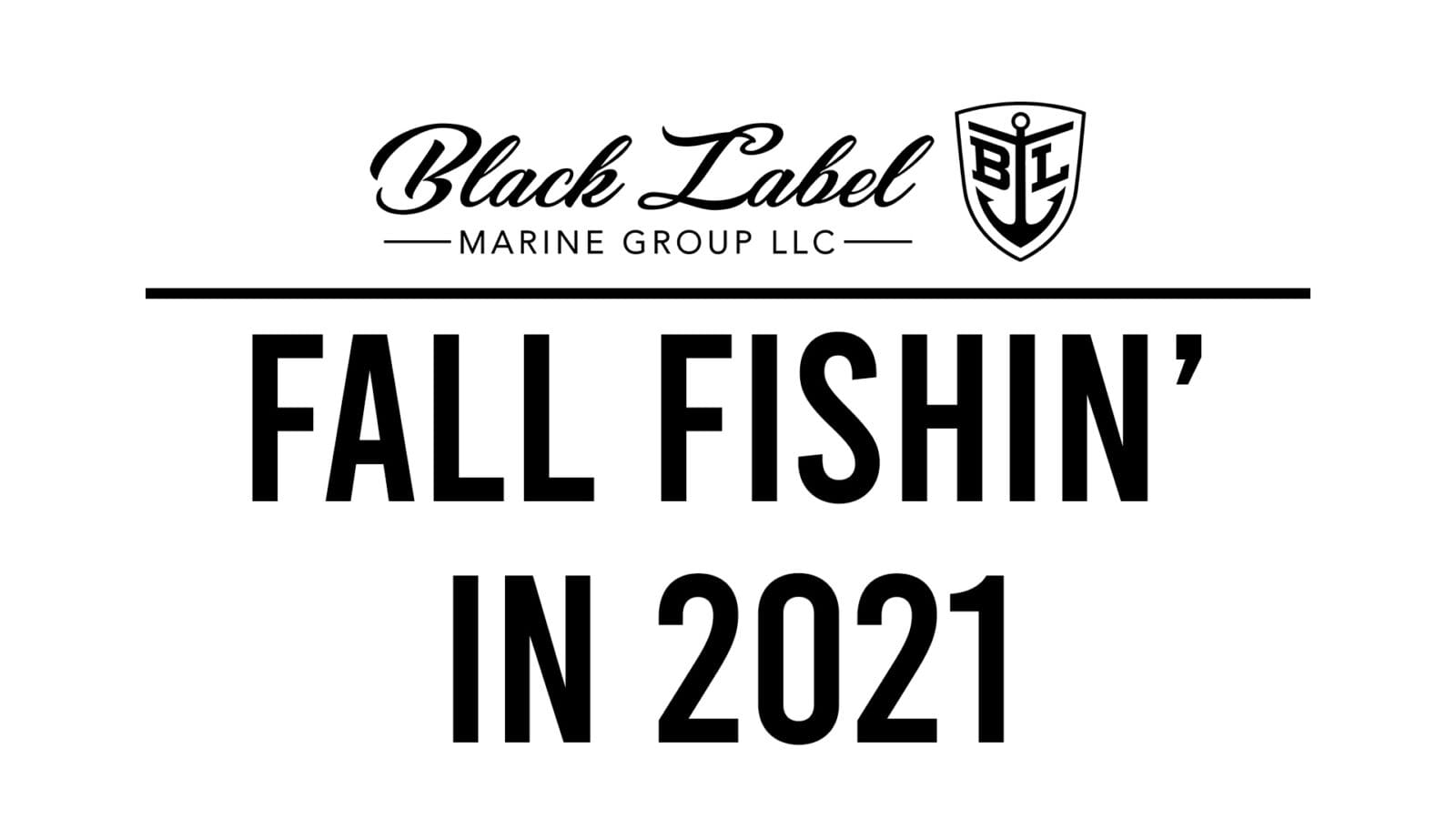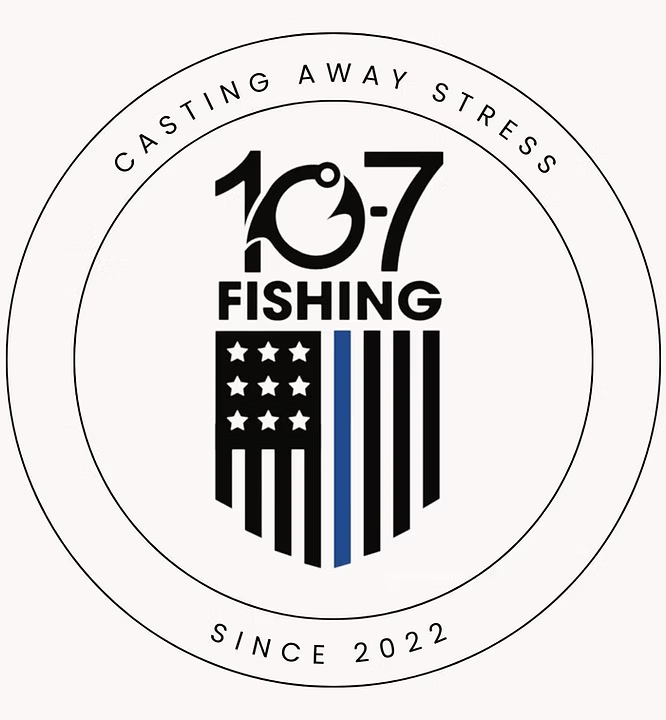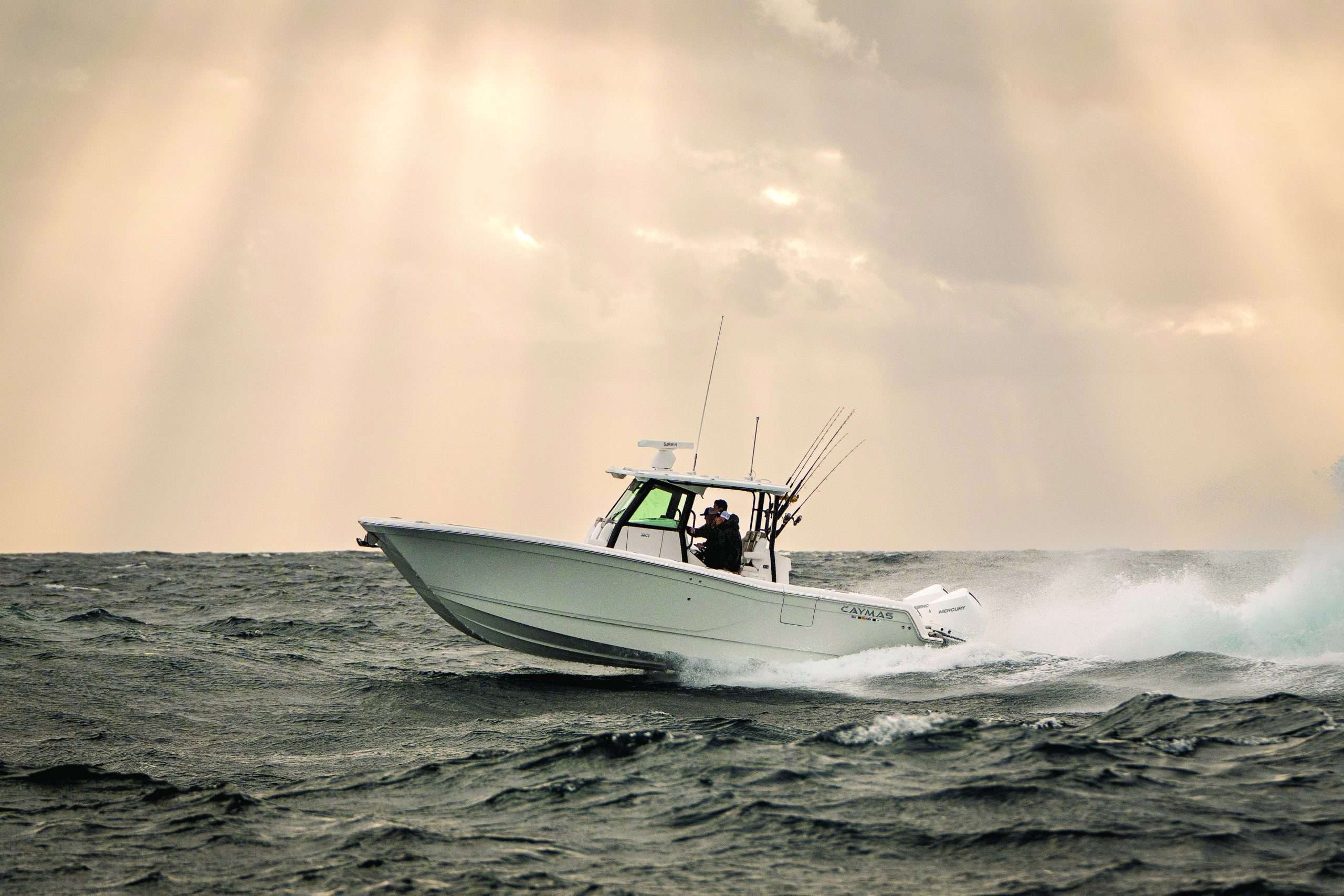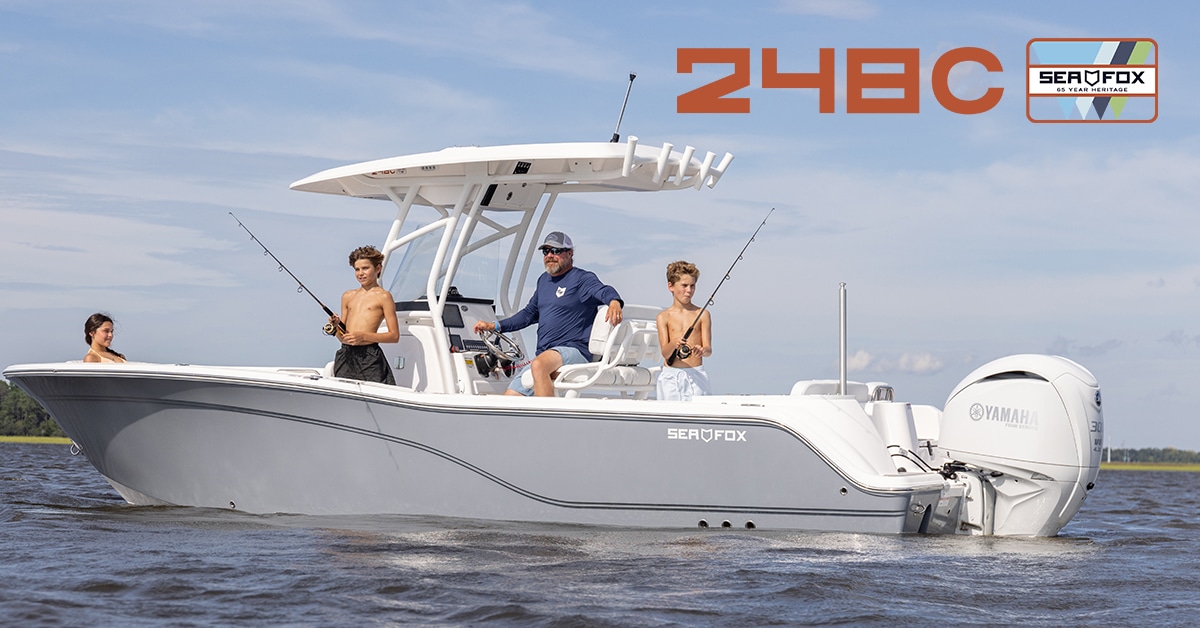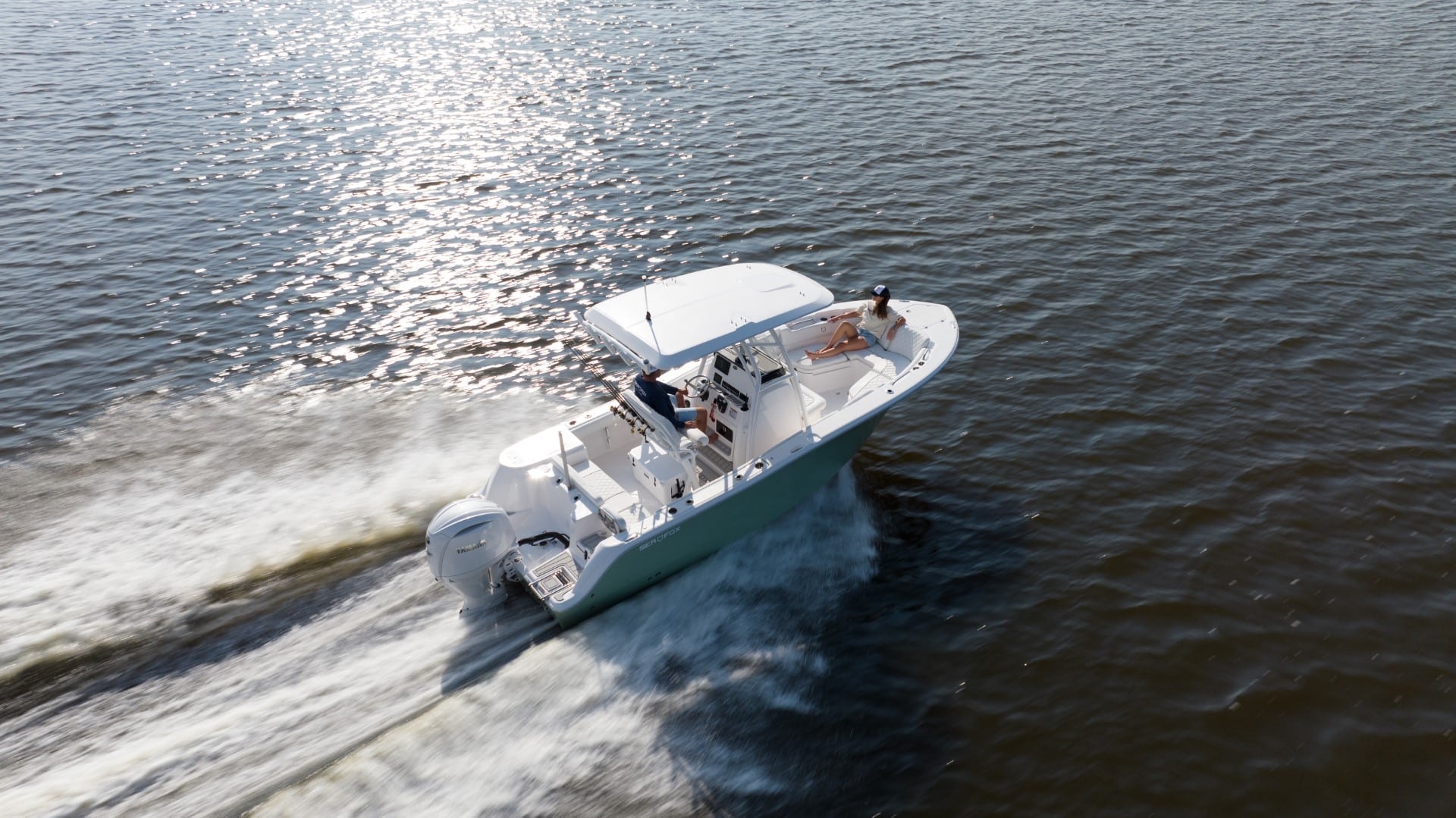While some boaters might be packing up and waiting for the Spring to go back into the water, there’s plenty of reasons why fall is the perfect time to go out on the water here in Florida.
There’s a lot to be said about boating in the fall. We’ve compiled a list of reasons as to why you shouldn’t pack up your boat and instead continue your boating adventure into the fall season. For all of you into fishing, at the end of the blog there’s a list of tips for fall fishing included!
Freedom
While most people think of summer when it comes to boating, it means less people will be out on the water during the fall. If you’re looking for a peaceful outing with less wait times to dock and load, and a more quiet time out on the boat then definitely get your boat loaded up and go.
Aesthetic
Just as colorful leaves are all around whether you’re coastal or inland, so are migratory birds. Turn bird watching into a fun game by assigning different species listed in guidebooks to each member of your family, and passing out pairs of binoculars. Along with stunning nature changes and migratory birds, if you decide to go out at night there’s also the Orion is one of the most easily recognized constellations in the sky.
Fishing
Angling aficionados are especially eager to catch striped bass as the fish start heading south for the season. Those aren’t the only catching opportunities, though. Coastal areas, lakes, and rivers see walleyes, catfish, and more take advantage of clusters of baitfish—and in predictable areas, too, meaning you’re likely to be in luck if you wet a line.
Here are a few tips for fall fishing!
- Pay Attention to Baitfish Migration Patterns
As fall hits baitfish often go on the move, and predators will follow. Just how this works varies greatly from one body of water to the next:
In coastal bays, it may mean that finger mullet gather near inlets as they prepare to enter the ocean and run south.
In tidal rivers, expect young-of-year glass minnow and menhaden to move out of the creeks and into the river mouths.
In many large reservoirs, shad will shift from creeks and feeders into the main lake where water temperatures are more stable from day to day.
In all of these cases, you can bet that the gamefish you’re chasing after won’t be far behind those baitfish.
- Birds Are The Answer
Fall is a time of year when large fish often corral schools of bait and chase their prey up to the surface. Gulls, terns, and other birds will gather over the action to pick off injured baitfish, so when you see them swooping and diving over a spot, it’s a sure-fire sign that you should try casting there.
- Up-size Your Offerings
The colder it gets, the less interested large fish become in chasing small baits. They don’t want to burn up a lot of calories chasing a morsel and become more focused on capturing an entire meal in one energy-efficient gulp.
- Look for Waters Warmed by the Sun
While few fish technically hibernate, many species do go into a state of semi-torpidity when the waters grow cold. On warm, sunny days, however, they may seek out areas that are sun-warmed and have temperatures a few degrees higher than the surrounding waters. Shallow coves and flats with dark-colored bottoms that soak up UV rays, or weedbeds that haven’t died off yet, are good examples of such spots. They will often hold actively feeding predators when other areas can only offer a slow bite.
- Pay Attention to “Turnover”
In some bodies of water when the surface temperatures drop, the cooled water sinks down and forces warmer waters below to rise up. As the water “turns over,” temperature and oxygen stratification are eliminated and larger areas tend to have hospitable conditions for many types of fish.
Between having more room to comfortably roam and the drop invisibility that often accompanies turnover (because the mixing waters circulate suspended solids), fishing can become tough. However, during the turnover phase predators are likely to gather at transition points where they can easily shift from shallow to deep zones (see tip number three, above).
Once you locate such an area and catch a fish or two, stick with it through the turnover phase, which may last for a week or may continue until ice forms on the water. The fish are likely to continue holding there until conditions change.

